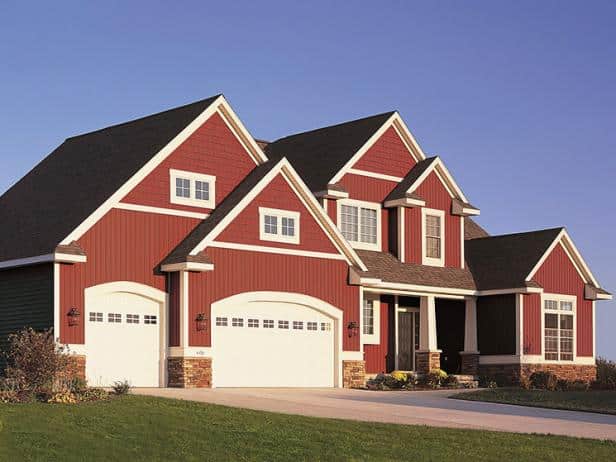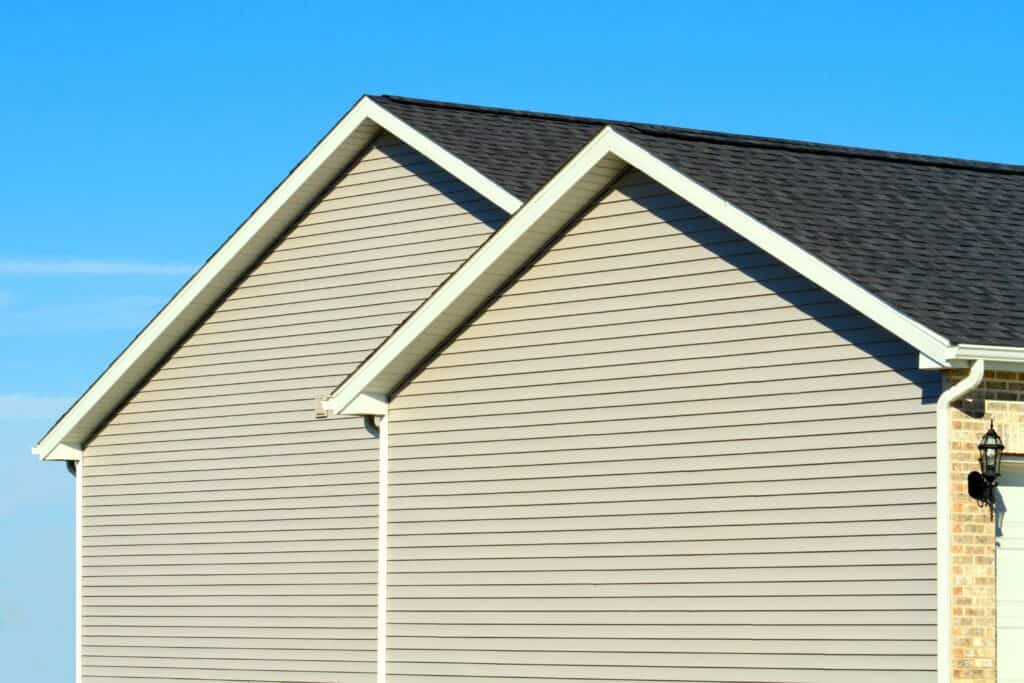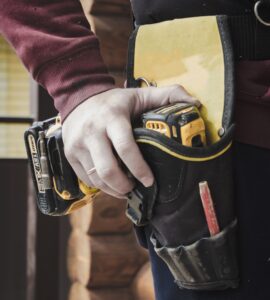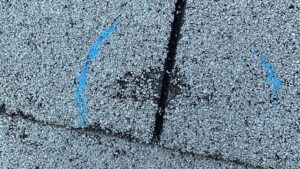Why do homes need siding?
Siding completes your home’s appearance. It has visual appeal and is one of the few ways to create a significant outside statement. Siding, as attractive as it is, serves a practical purpose. This is the final layer of defense for your home.
The primary purpose of siding is to protect your home from the elements. The first thing it does is waterproof, watertight, and fireproof your outside walls against the elements. In addition to keeping pests away, siding protects your home from flying debris and insulates it even more.
Keeping water off your home is the most important issue. Insulation can be compromised, internal metal can corrode, and the foundation and structure of your home can disintegrate. Moisture and darkness are, of course, perfect conditions for mold growth and corrosion. Watertight siding protects your insulation, eliminates mold infestations, and maintains the structural integrity of your home.
Certain types of siding may be fire resistant. When paired with fire-resistant insulation and framing, these options can help prevent or limit the spread of fire. Installing fire-resistant siding is a wise step that may help you save money on your home insurance even if you don’t live in a wildfire-prone area.

When should siding be replaced?
Siding is built to last for many years. The average product lifespan is 30 to 40 years, however certain items can last up to 100 years. During this season, siding protects your home from wind, rain, sleet, snow, debris, and ice. Time and the climate, however, will ultimately wear down your siding, necessitating its replacement.
Here are seven signs that your siding needs to be repaired.
- The Lifespan of your Siding is Up
Get your siding examined when it’s reaching the end of its lifespan. It does not have to be broken in order to need to be replaced. Siding technology has advanced over time, and using an out-of-date type might cost you money. A newer product with much increased energy efficiency might be a good investment.
- Signs of Rot are Showing on your Siding
The rotted siding is brittle and squishy. Until you touch it with a screwdriver a few times, dry rotting siding may seem normal. If your siding is rotting, you’ll need to repair it, as well as any wood underneath it.
- Your Siding is has Moisture Damage or Mold
It can be hard to tell when moisture is getting through your siding. A few signs include:
- mold or fungus growing
- the smell of mold, mildew, or fungus
- warping
- buckling
- swelling
- water stains
Any of these issues can point to damaged siding, whether they’re present inside or outside the home.
- Faded, Worn, Loose, Broken, or Missing Pieces
Siding may be damaged by storms, weather changes, and sun exposure, leading it to weaken, split, or peel away. If you see any damage or a lot of deterioration on your siding, it should be repaired or replaced. You should be able to do it yourself if you spot it early enough – provided you’re ready for the task. Otherwise, hire someone to come in and do a quick fix.
- Unwanted Guests (Rodents and Pests) in your home or under your siding
Is the area free of mice, ants, creepy crawlies, or flying insects? Pests might get entry to your home through a hole in the siding. Even birds can get access to your property. If you need to employ an exterminator, make sure the exterior of your property is inspected for siding cracks.
- Poor Energy Efficiency throughout your home
Have your energy expenses risen in recent months? Perhaps your house isn’t keeping you warm, has drafts, or a few cold spots. Windows, doors, attics, and roofs are regularly mentioned as potential causes of energy loss by homeowners. Damaged or obsolete siding, on the other hand, might be the source of the problem.
- It’s Renovation Time or You’re Selling the Home
Certain forms of siding may look to be out of date. Updating your home’s siding is a great way to increase its market value or simply freshen it up. Rather than simply painting old siding, it may be more cost-effective to completely replace it with a product that offers superior fire protection or insulation.
What are the different types of siding?
There are quite a few types of siding. The main ones include metal (aluminum and steel), wood, vinyl, and fiber cement, along with more alternative brick, stone, stucco, or concrete options.
- Vinyl: this is a synthetic option that’s popular due to its low cost, easy maintenance, and durability. There are several style options available. However, it isn’t the most environmentally friendly and doesn’t always withstand extreme weather.
- Insulated Vinyl: this siding is insulation or foam-backed vinyl. It significantly increases your home’s energy efficiency and provides a good deal of impact protection.
- Aluminum: this siding comes in different finishes that can imitate wood and other natural appearances. It’s sustainable, recyclable, durable, low maintenance, and usually has a great fire rating.
- Steel: this is a heavy-duty option that holds up in extreme weather and storms. It’s energy-efficient and pest-resistant. However, it usually costs more than vinyl and synthetic options.
- Wood: this organic choice is popular with traditional-minded homeowners. It’s natural, beautiful, and can last for decades under the right conditions. Sustainably harvested products are widely available. However, wood offers less resistance to pests and fire.
- Fiber Cement: this siding was brought in to replace asbestos-filled cement siding and has since become a popular choice. It’s composed of cement, sand, cellulose or wood pulp, and water. This blend gives it the benefits of several other options, with fewer drawbacks. It’s affordable, low maintenance, durable, pest-resistant, and natural-looking.
- Composite: this is made from wood pieces or fibers and a bonding resin. Unlike solid wood, composite is both moisture and pest-resistant. It’s also easier to install.
- Brick or Stone Siding: a layer of brick or stone can be applied as siding. This veneer layer doesn’t add any structural support, but it’s lightweight and durable. Both real and lower-cost imitation options are available.

You can get the best siding for your environment, budget, and aesthetic tastes. Begin by learning everything you can about your local environment, efficiency requirements, and budget. Then seek for siding that will last the longest while requiring the least amount of maintenance. This collection has colors, patterns, and sizes that match your tastes.
Is there anything we can do to help you? Siding and roofing are two of Midwest specializations. Call us if you suspect you have damage, require energy efficiency, or just wish to update.





